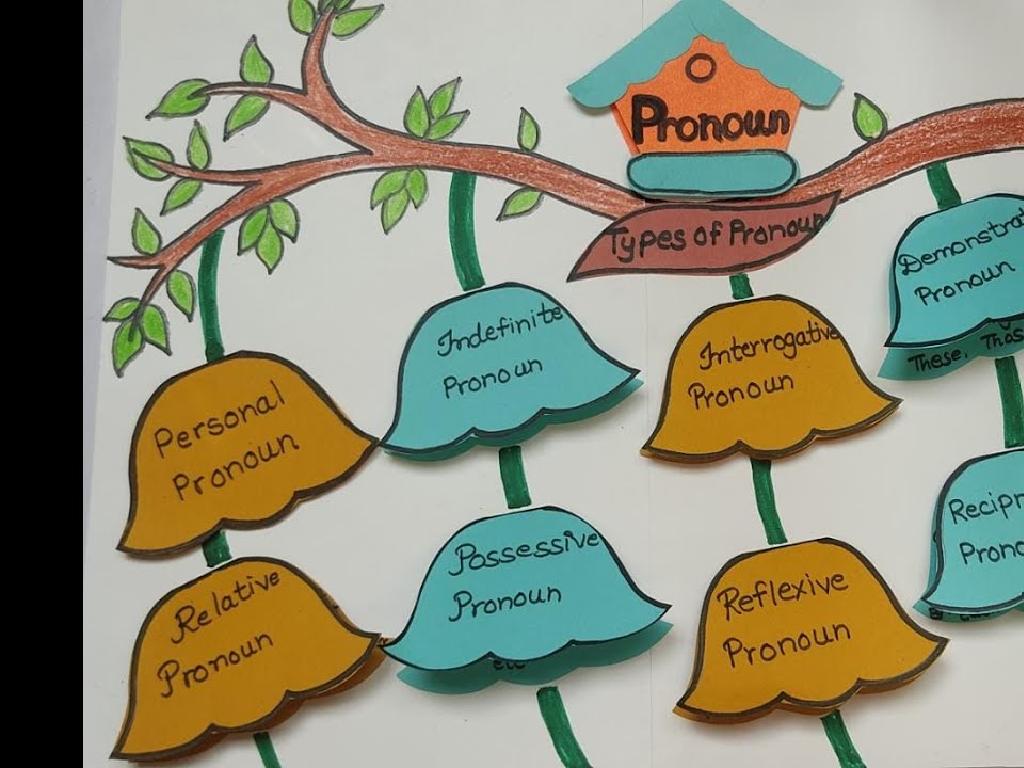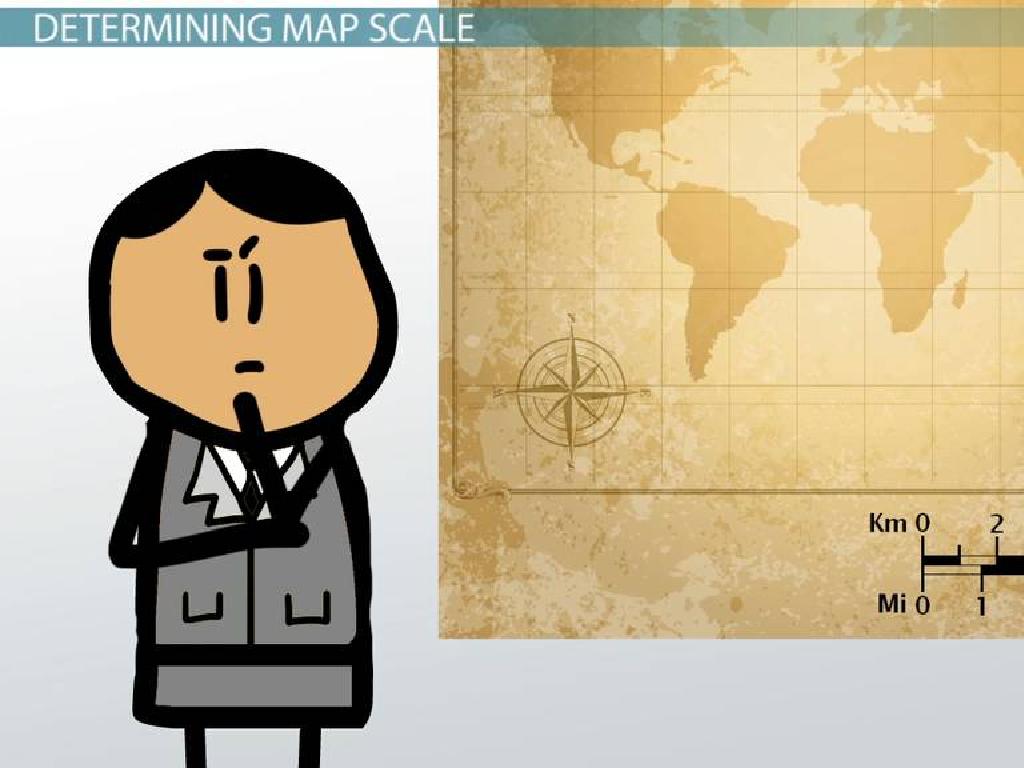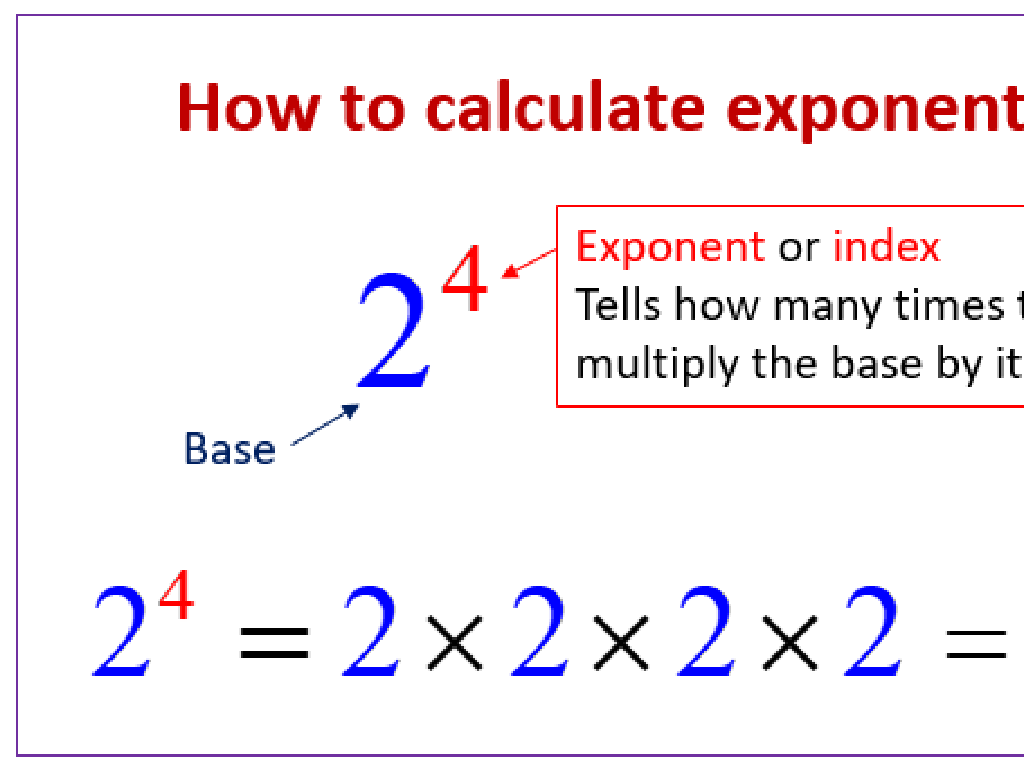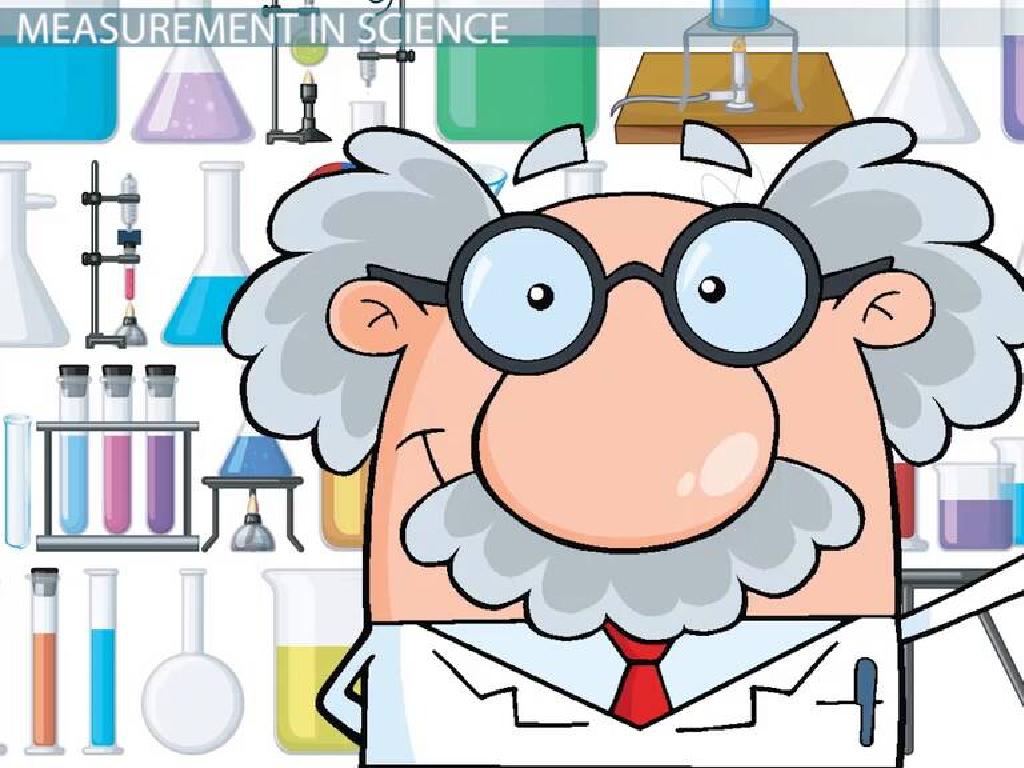Identify Vague Pronoun References
Subject: Language arts
Grade: Sixth grade
Topic: Pronouns And Antecedents
Please LOG IN to download the presentation. Access is available to registered users only.
View More Content
Pronouns and Antecedents: Clarity in Language
– Relationship of pronouns and antecedents
– Pronouns replace nouns; antecedents are the nouns they replace.
– The role of pronouns in sentences
– Pronouns prevent repetition, making sentences smoother.
– Identifying vague pronoun references
– Vague references confuse readers about what or who we’re referring to.
– Importance of clear references
– Clear pronoun use is key for understanding.
|
This slide introduces the concept of pronouns and their antecedents, setting the stage for understanding how pronouns function to replace nouns and make sentences less repetitive and more fluid. Emphasize the importance of clear antecedents to avoid confusion in writing. Provide examples of vague pronoun references and how they can lead to misunderstandings. Encourage students to always ensure their pronouns clearly refer back to a specific noun. In the next class, we will practice identifying and correcting vague pronoun references to improve clarity in writing.
Understanding Pronouns
– Pronouns replace nouns
– Instead of saying ‘Sally’ repeatedly, we say ‘she’
– Common pronouns: he, she, it…
– ‘They’ for groups, ‘we’ for ourselves and others, ‘you’ for the listener
– Pronouns function like nouns
– They can be subjects, objects, or show possession
– Importance of correct pronoun use
|
This slide introduces the concept of pronouns and their role in sentences. Pronouns are words that substitute for nouns, helping to avoid repetition and make sentences smoother. Examples include ‘he’, ‘she’, ‘it’, ‘they’, ‘we’, ‘you’, and ‘me’. It’s crucial for students to understand that pronouns can perform all the grammatical roles that nouns do, such as acting as the subject or object of a sentence. Emphasize the importance of using pronouns correctly to maintain clarity in writing and speech. Activities can include identifying pronouns in a text and replacing nouns with appropriate pronouns to practice their use.
Understanding Antecedents in Pronouns
– Define an antecedent
– The word a pronoun refers to or replaces
– Antecedent’s position in a sentence
– It usually appears before the pronoun in a sentence
– Example of an antecedent
– ‘The dog wagged its tail.’ – ‘The dog’ is the antecedent of ‘its’
|
This slide introduces the concept of antecedents in the context of pronouns, which is crucial for understanding how pronouns function in sentences. An antecedent is a noun or noun phrase that a pronoun refers to or replaces. Typically, the antecedent comes before the pronoun in the sentence, providing clarity to whom or what the pronoun is referring. For example, in the sentence ‘The dog wagged its tail,’ the word ‘dog’ is the antecedent of the pronoun ‘its.’ It’s important for students to be able to identify antecedents to avoid vague pronoun references, which can lead to confusion in writing. Encourage students to practice by identifying pronouns and their antecedents in sentences they read or write.
Avoiding Vague Pronoun References
– What is a vague pronoun reference?
– It’s when the pronoun’s antecedent isn’t clear.
– Vague references confuse readers
– Readers might not grasp who or what you mean.
– Clarity in writing is crucial
– Strategies to improve clarity
– Use specific names or rephrase sentences.
|
This slide introduces the concept of vague pronoun references, which can lead to confusion in writing. It’s important for students to understand that pronouns should clearly refer to specific nouns, called antecedents. When the antecedent is not clear, the meaning of the sentence can be misunderstood. Emphasize the importance of clarity in writing to ensure that the reader easily understands the text. Provide strategies such as using the noun itself instead of a pronoun or rephrasing the sentence to make the antecedent obvious. Encourage students to look for examples in their reading and practice identifying and correcting vague pronoun references in class exercises.
Clarifying Vague Pronoun References
– Read sentences for clear references
– Identify the correct antecedent
– The antecedent is the noun the pronoun replaces
– Rewrite vague pronoun sentences
– Ensure pronouns clearly match their nouns
– Practice with examples
– Use example sentences to apply skills
|
This slide is aimed at teaching students how to identify and correct vague pronoun references to improve clarity in their writing. Start by explaining the importance of pronouns and their antecedents, which are the nouns that pronouns are replacing or referring to. Emphasize the need for pronouns to clearly point to specific antecedents to avoid confusion. Provide students with strategies to identify the correct antecedent in a sentence with multiple nouns. Encourage rewriting sentences that contain vague pronoun references as a method to enhance their understanding. Include practice exercises where students can apply these skills by working through examples and correcting vague references. This will help them recognize common errors and understand how to fix them.
Clarifying Vague Pronoun References
– Example of a vague pronoun
– ‘He’ is unclear: is it Kevin or Brian?
– Practice identifying vague references
– Rewrite sentences for clarity
– We’ll clarify who ‘he’ refers to in our examples
– Group activity to correct sentences
– Work in teams to find and fix vague pronouns
|
This slide introduces students to the concept of vague pronoun references with an example where the pronoun ‘he’ could refer to either of two subjects, creating confusion. The class will engage in an activity to practice identifying such vague references and rewriting the sentences to make the meaning clear. Divide the class into small groups and provide them with sentences containing vague pronoun references. Each group will work together to discuss and decide how to rewrite the sentences for clarity. This exercise will help students understand the importance of clear antecedent-pronoun relationships in writing. Encourage students to explain their reasoning for their choices in the group discussions.
Class Activity: Pronoun Detective
– Find vague pronouns in a paragraph
– Discuss why the pronoun is unclear
– Talk about what makes the pronoun confusing
– Rewrite sentences for clarity
– Make sure the pronoun clearly refers to a specific noun
– Share your revisions with the class
|
This activity is designed to enhance students’ understanding of pronouns and their antecedents. Students will work in pairs to identify pronouns that do not clearly refer back to a specific noun, which can cause confusion in writing. After identifying vague pronouns, they should discuss why the reference is unclear and then work together to rewrite the sentences, ensuring that each pronoun clearly refers to its antecedent. Once completed, each pair will have the opportunity to share their revised sentences with the class, fostering a collaborative learning environment. This exercise will help students recognize the importance of clarity in writing and improve their editing skills.
Wrapping Up: Pronouns and Antecedents
– Review pronouns and antecedents
– Importance of clear references
– Homework: Find and fix vague references
– Find sentences with unclear pronouns and rewrite for clarity
– Be ready to discuss your examples
– Share your rewrites in the next class
|
As we conclude today’s lesson, it’s crucial to recap the relationship between pronouns and their antecedents to ensure students understand how pronouns replace nouns. Emphasize the importance of using clear pronoun references to avoid confusion in writing. For homework, students should look for examples of vague pronoun references in their reading material and practice rewriting these sentences to improve clarity. This exercise will help reinforce today’s lesson and prepare them for a discussion in the next class. Encourage students to think critically about the context in which pronouns are used and how they can ensure their writing is precise and easily understood.






